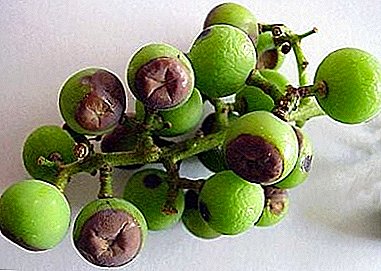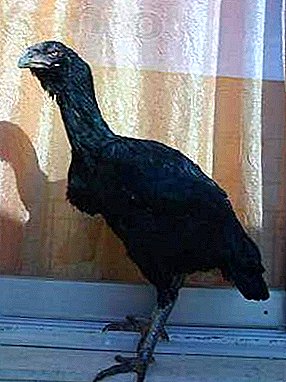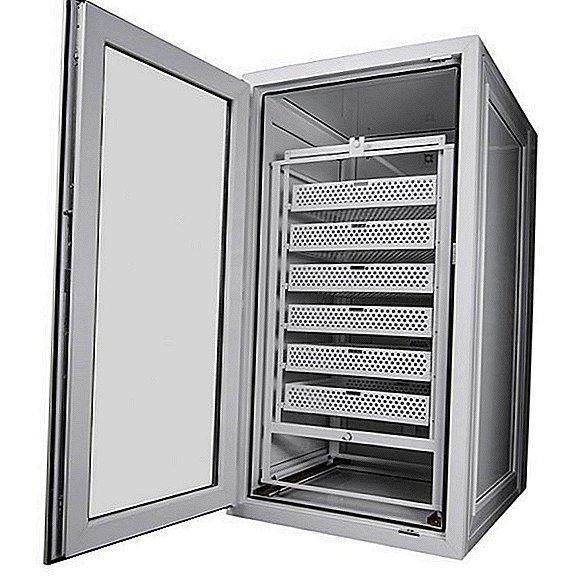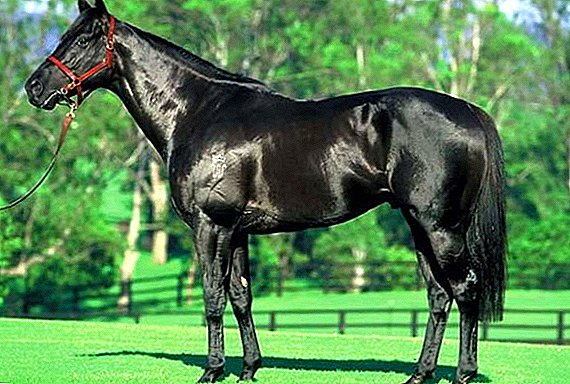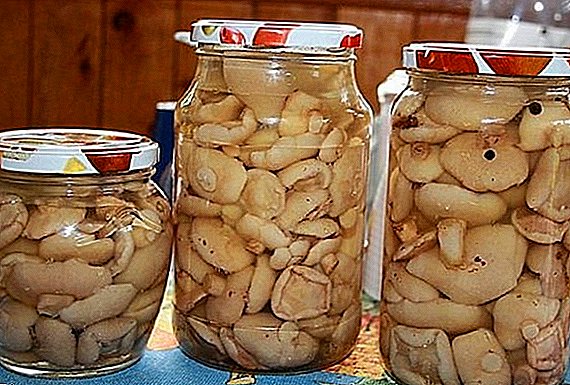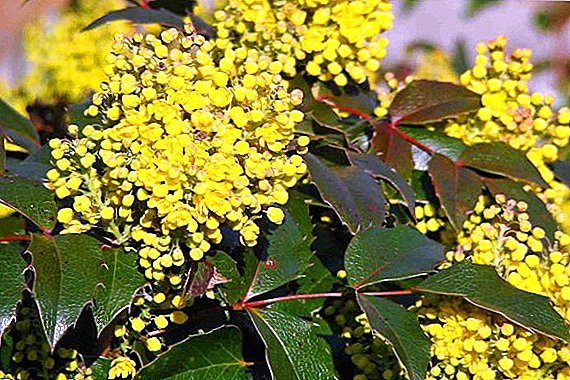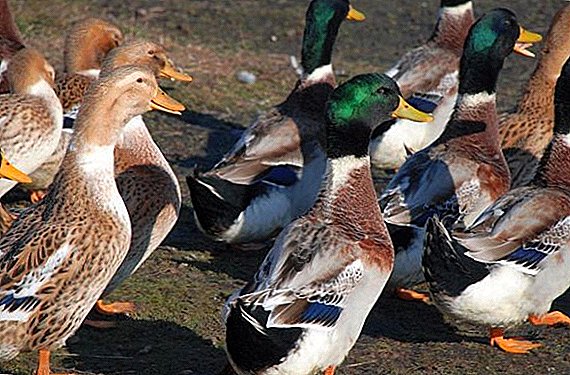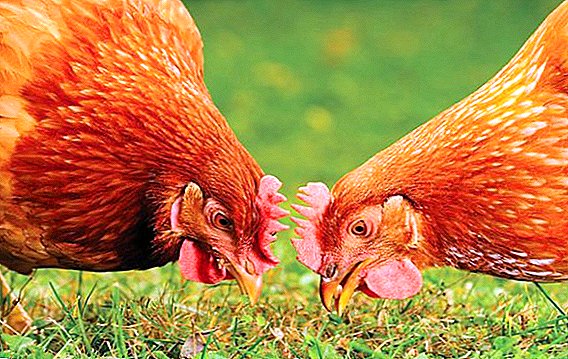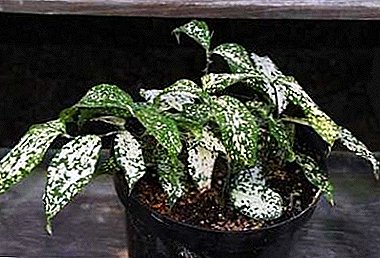
Dracaena Godsef - is a variegated dwarf shrub of the genus Dracena. The homeland of its origin is West Africa.
Its other name is Surculose, meaning "side escape." This name indicates that the new shoots of the plant grow from the soil.
Description
Dracaena Surculosis - Ornamental Plant with festive coloring, which allows him to successfully decorate the interior. In the homes of flower growers - lovers is rare.
In the wild, dracaena grows up to eight meters high. With the content in the house this plant grows to one meter.
This kind of dracaena has leaves unusual for dracen. The pointed leaves of an oval shape are 16 centimeters in length, and 4-5 centimeters in width. The leaves form false windings of 3-5 pieces. The color of the leaves is spotty, and the color of the spots in different varieties varies from white to light green.
Stems straight and thin. The roots are tuberous, brown in color.
Flowers are yellow with a slight tinge of green, with a pleasant smell. Gather in apical inflorescences. Rare bloom.
Godesef's Dracaena is found in four varieties.:
- Panctulata;
- "Milky Way";
- "Juanita";
- Florida Beauty.
These varieties are different in appearance. The number and size of the spots on the leaves are different.
Variety "Panctulata" It has a dotted pattern with distinct circles against a dark background.
In plants Milkyway varieties a bright white stripe with dots is spread over the center of the sheet, which is characterized by its name, which translates as “Milky Way”. Have "Juanita" similar to the previous description picture, but it is more blurred.
"Florida Beauty" - the most popular variety of Dodseni Godsef, which is characterized by an abundance of yellow spots of different sizes. As they mature, the spots lighten.
This video describes in more detail about Dratzen Gosdefu.
A photo
Dracuena Godsef: photo of an ornamental plant with variegated leaves.



Home care
Surculosis not particularly picky in care. For good growth, it does not require high illumination and abundant watering.
Features care after purchase
After purchase, the plant must adapt to the new environment. Dracene desirable to put on the windowsill to a permanent place. If you bought it in a transport container, then transplant it in 2-3 weeks.
Lighting
This flower loves sunlight with diffuse feed. Direct sunlight is harmful to it, as it can cause leaf burns.
Temperature
 Surculosis loves warm rooms.
Surculosis loves warm rooms.
The most comfortable temperature in summer is 20-25 degrees Celsius.
In winter the plant will withstand not less than 14 degrees of heat.
Air humidity
Differing from most species of dracaenas, this flower normally carries insufficiently moistened air.
With moderate dryness, spraying is not required.
Watering
The nature of watering depends on the season.:
- In the summer, abundant watering is required. At the same time it is impossible to re-moisten the soil. This can lead to decay of the roots.
- In winter, moderate watering is used. Care must be taken to ensure that the earth does not dry out.
Bloom
Dracaena blooms at a young age under natural environmental conditions. Home-blooming is possible, but unlikely. The plant can only bloom in the presence of specific comfort conditions.
When flowering formed apical inflorescences in the form of a brush, consisting of small yellow flowers. These small flowers have a pleasant aroma.
Fertilizers (dressing)
The dragonza Godsef needs additional feeding in order to grow successfully. If this plant is not fertilized, then it will stop growing.
Fertilizers need to be made twice a month. Water intended for diluting fertilizer should not contain fluoride. Otherwise it will not help the plant to develop, but, on the contrary, will destroy it.
Transfer
Transplantation should be carried out every 2-3 years in the spring and follow certain rules:
- Firstly, it is necessary to ensure good drainage with a layer of 3 - 4 centimeters. For drainage fit small pebbles and brick crumbs.
- Secondly, the soil layer laid over the drainage should be a mixture of peat with a high content of humus and earth. Sand can be used instead of earth.
- Thirdly, it is useful to add charcoal to the soil in order to protect the roots of the transplanted flower from rotting.
Breeding
The dragonza Godsef breeds only vegetatively.
The breeding process happens like this:
- From the top of the cut off the length of the trunk 10 - 12 centimeters.
- Charcoal is added to a jar of warm water, and then the plant is placed.
- After 2 months, the cutting will begin to give roots, and after a month it can be planted in the ground.
Diseases and pests
 To maintain Surculose in a healthy state requires basic care. If adverse circumstances arise, the following problems occur.:
To maintain Surculose in a healthy state requires basic care. If adverse circumstances arise, the following problems occur.:
- Dry edges of the leaves due to dry air. This problem can be corrected if you regularly spray leaves or put a humidifier in the room.
- Burns on the leaves. The reason for this is exposure to direct sunlight. It is necessary to rearrange the flower to another place with a more gentle solar regime.
- Leaves fall. This process can be considered the norm, if it drops to 5-7 leaves per week. If - more, then you should inspect the plant for the presence of pests. Another possible cause is irregular feeding.
- The leaves have lost their density and curled. This happens from supercooling a flower. It must be remembered that the Godsef dracaena does not tolerate temperatures below 14 degrees Celsius, cold window sills and drafts.
In case of sudden damage to the plant, sharp drying and wilting of the leaves, it is necessary to check it for the presence of harmful insects. Dracaena often exposed attack of insidious pests such as spider mites, mealybugs, scale insects or thrips. To prevent this, we need more thorough care.
Dracuena Godsef does not require complex care manipulations. But to this plant need to show constant attention: Replant time, regularly feed, control air humidity.
Good care surculose will respond with gratitude, admiring its chic variegation.


